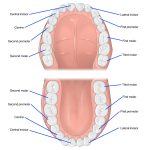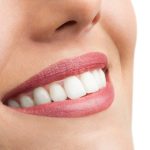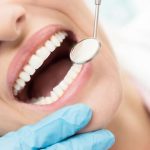Cat Teeth 101: How Many Teeth Do Cats Have and What You Need to Know
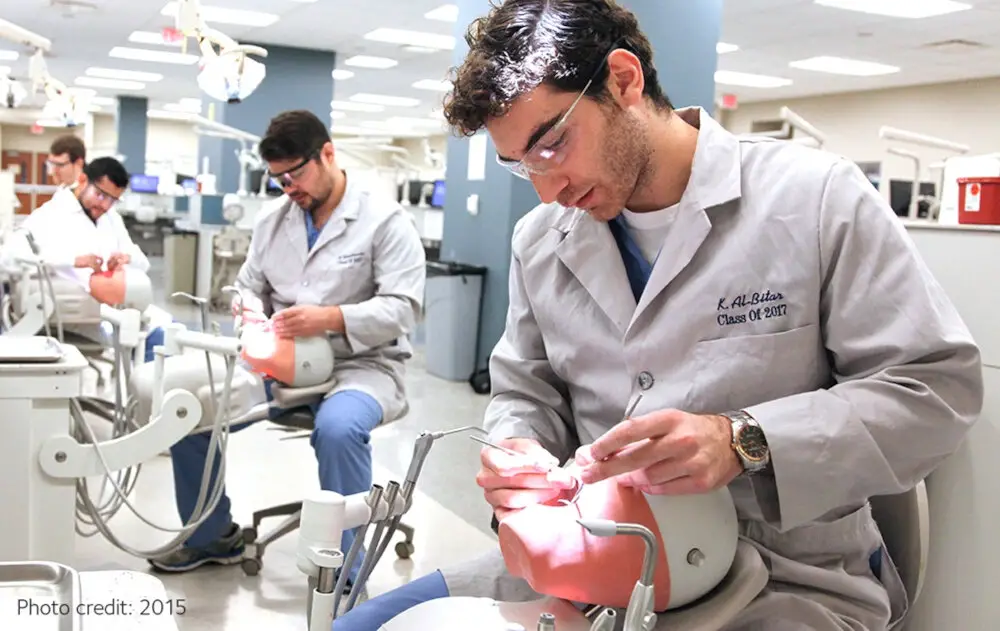
Cats are fascinating creatures with a unique set of physical features that make them stand out in the animal kingdom. One of these features is their teeth, which play a crucial role in their survival and overall health. As a responsible cat owner, it’s essential to understand the basics of feline dental health, including how many teeth your cat has, how to take care of them, and what signs to look out for in case of dental problems. Cats have a total of 30 teeth, arranged in a specific pattern that allows them to hunt, eat, and defend themselves. These teeth include incisors, canines, premolars, and molars, each with a specific function in the cat’s mouth. Understanding the role of each type of tooth can help you identify any potential dental issues and take appropriate action to protect your feline friend’s health. In this article, we’ll take a closer look at the different types of cat teeth, their purpose, and what you need to know to keep your cat’s teeth healthy and strong.
Cat teeth are an essential aspect of a feline’s anatomy, and it is important to understand their structure and function to ensure the overall health and wellbeing of our feline companions. Not only do cats use their teeth for eating and hunting, but their teeth can also indicate underlying health issues such as dental disease or nutritional deficiencies. Knowing the number of teeth a cat has and their purpose can assist in detecting potential problems and taking preventative measures to maintain optimal oral health. Therefore, familiarizing oneself with cat teeth is crucial to providing the best care for our feline friends.
How Many Teeth Do Cats Have?
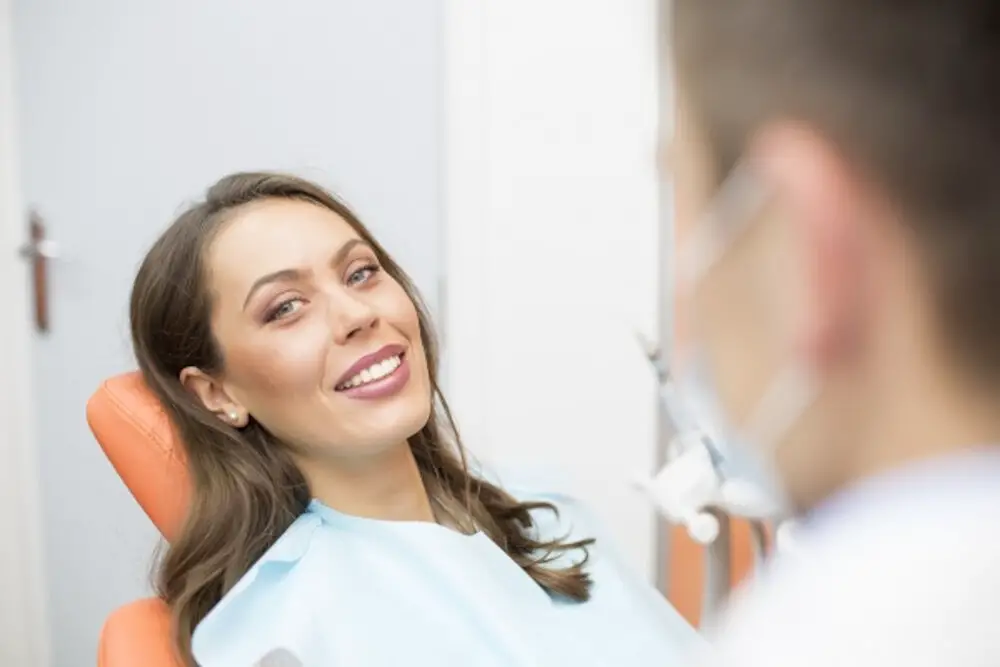
Cats are unique creatures with a set of teeth that is different from other animals. Adult cats usually have 30 teeth in total, which includes 16 teeth on the top jaw and 14 teeth on the bottom. These teeth are categorized as incisors, canines, premolars, and molars. Incisors are located at the front of the mouth and are used for biting and grooming. Canines are the long and pointed teeth that are used for tearing food apart. Premolars are located behind the canines and are used for grinding and crushing food. Lastly, molars are the largest teeth in the cat’s mouth, located at the back, and used for chewing. It is important to note that kittens have a different set of teeth compared to adult cats. Kittens have 26 teeth in total, which includes 14 teeth on the top jaw and 12 teeth on the bottom. These teeth are called deciduous teeth and are smaller and sharper than the permanent teeth that will grow in later. Kittens start losing their baby teeth at around four months old, and by six months, they should have all of their adult teeth. As a cat owner, it is essential to understand the different types of teeth your cat has and how to take care of them to ensure their overall health and well-being.
Cats are carnivorous animals that depend on their teeth to hunt, kill, and eat prey. These feline predators have 30 teeth, while humans have 32, and their arrangement is different. Cats have specialized teeth that allow them to tear and slice meat, including sharp canines, and premolars with sharp edges. Unlike humans, cats have no molars, which are used for grinding food. Instead, they have more pointed teeth, such as the carnassial teeth, which are located in the back of their mouth and are used to shear flesh. The dental formula of adult cats is 2 (I 3/3 C 1/1 P 3/2 M 1/1), which means they have two incisors, one canine, three premolars, and one molar on each side of their upper and lower jaws. Knowing about cat teeth is crucial for cat owners to maintain their pet’s dental health and prevent conditions that could affect their overall well-being.
Cats have four different types of teeth, each with a specific function. Incisors, located in the front of the mouth, are used for grabbing and grooming. Canines, or fangs, are long and sharp and are used for killing prey and tearing flesh. Premolars are located behind the canines and are used for cutting and shearing food. Lastly, molars are located at the back of the mouth and are used for grinding and crushing food. It is important to note that cats have a total of 30 teeth, and their teeth are adapted for their carnivorous diet, which requires them to eat meat and bones. Knowing the different types of teeth and their functions can help pet owners understand the importance of dental care for cats and how to provide their feline friends with a healthy and balanced diet.
The Importance of Healthy Teeth for Cats
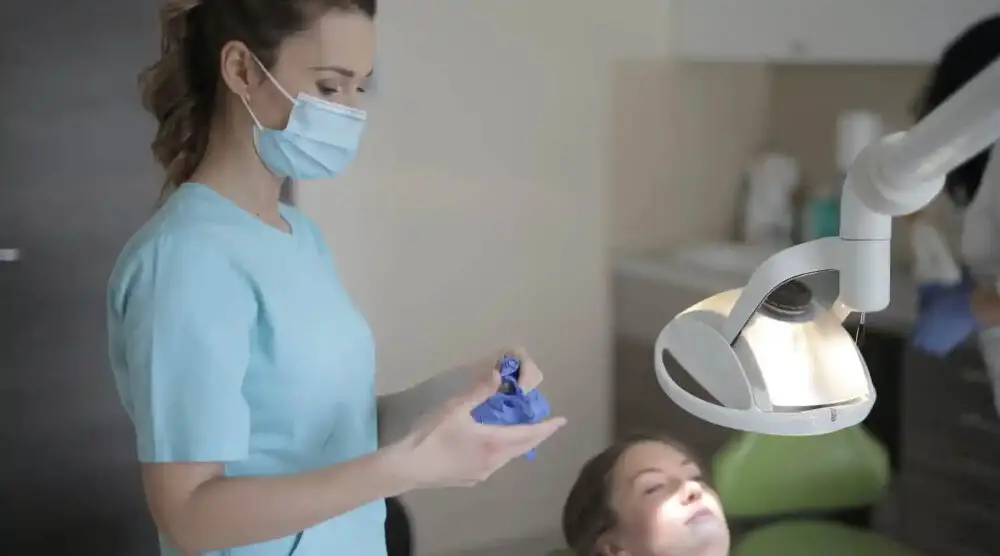
Maintaining healthy teeth in cats is essential for their overall health and wellbeing. Cats use their teeth for various functions, such as chewing food, grooming themselves, and defending themselves. When a cat’s teeth are not healthy, it can lead to several health problems, including infections, tooth decay, gum disease, and even organ damage. Therefore, it is crucial for cat owners to take proper care of their cat’s teeth to prevent these issues. One of the most important steps in ensuring healthy teeth for cats is regular dental check-ups by a veterinarian. A vet can identify any potential dental problems early on and provide suitable treatment before it escalates into a more severe issue. In addition, cat owners can also take some preventive measures to maintain their cat’s dental health. These measures include providing a balanced diet that promotes healthy teeth, regular brushing, and providing suitable toys to help clean their teeth. By taking these steps, cat owners can ensure their cat’s teeth remain healthy, and they can enjoy a happy and healthy life.
It is crucial for cats to have healthy teeth not only for their overall well-being but also for their ability to eat properly. Dental problems can lead to pain, discomfort, and difficulty in chewing, which can result in malnutrition and weight loss. Moreover, poor oral hygiene can cause bacteria to accumulate in the mouth, leading to bad breath, gum disease, and tooth loss. Cats with dental issues are also more susceptible to developing other health problems such as heart and kidney disease. Therefore, regular dental check-ups and cleaning by a veterinarian, along with proper at-home dental care, are essential to ensure that cats maintain healthy teeth and gums.
Cat dental problems are common, and can cause discomfort, pain, and even lead to serious health issues. Some of the common dental problems in cats include periodontal disease, tooth decay, broken or fractured teeth, and oral tumors. Periodontal disease is a bacterial infection that affects the gums and can cause tooth loss, whereas tooth decay is caused by the buildup of plaque and tartar on the teeth. Broken or fractured teeth can cause pain and discomfort, and oral tumors can be cancerous and require immediate attention. To prevent these dental problems, it is important to schedule regular dental checkups with your veterinarian, provide your cat with a healthy diet, and encourage good dental hygiene habits such as brushing your cat’s teeth regularly and providing them with dental treats and toys.
How to Care for Your Cat’s Teeth
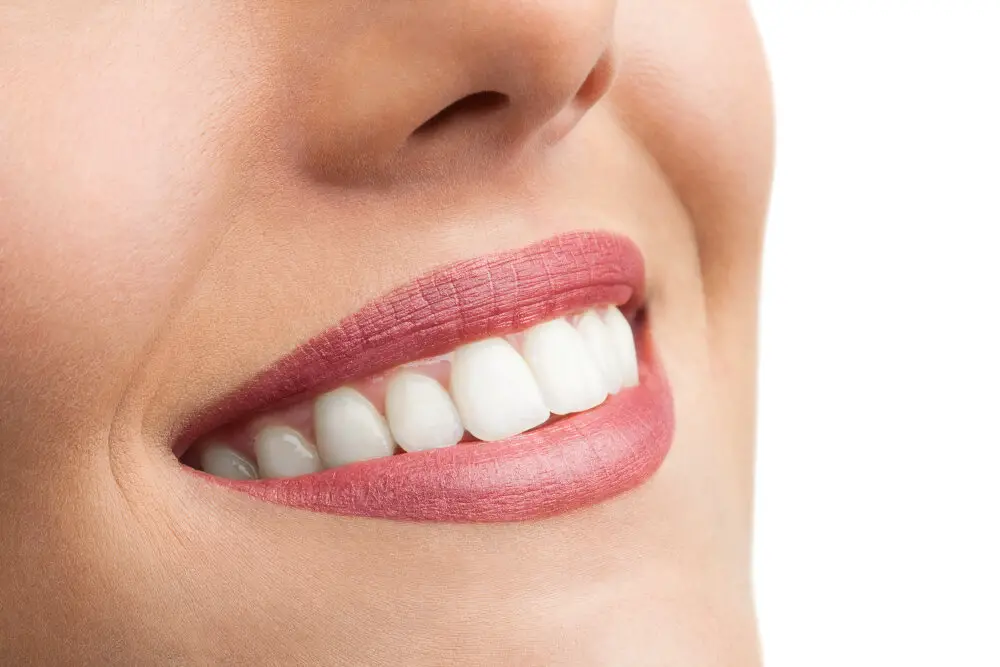
Cats are known for their independent nature, and their dental health is often overlooked. However, proper dental care is essential for your cat’s overall health and wellbeing. Maintaining your cat’s dental health can help prevent serious health issues such as gum disease, bad breath, and tooth loss. Fortunately, caring for your cat’s teeth is relatively easy and can be done at home. One of the best ways to care for your cat’s teeth is to brush them regularly. Use a toothbrush specifically designed for cats and toothpaste that is safe for felines. Start by getting your cat used to the toothbrush and toothpaste by letting them sniff and taste it. Gently brush your cat’s teeth in a circular motion, paying attention to the gum line. It is important to start slowly and not force the process, as it may cause stress and discomfort for your cat. Gradually increase the brushing time as your cat becomes more comfortable with the process. In addition to brushing, providing your cat with dental treats and toys can also help promote good dental health.
Caring for a cat’s teeth is an essential aspect of pet care that pet owners should not overlook. Cat owners can start by brushing their cat’s teeth regularly using a toothbrush and toothpaste designed for cats. Regular vet checkups are also necessary to detect any dental problems and provide appropriate treatment. Feeding a diet that promotes dental health, such as dry food, can also help prevent tooth decay and gum disease. Providing your cat with dental chews and toys that encourage chewing can also help keep their teeth clean and healthy. By taking these steps, cat owners can help maintain their cat’s dental health and prevent the development of serious dental problems.
Brushing a cat’s teeth is an essential part of their dental hygiene, and it’s never too early to start. Begin by introducing the toothbrush and toothpaste gradually, letting your cat sniff and taste them first, and then slowly start brushing their teeth. It’s vital to use toothpaste specifically formulated for cats, as human toothpaste can be harmful to them. Additionally, offering dental treats or toys that promote chewing and cleaning can help maintain healthy teeth and gums. Regular veterinary check-ups are also essential for detecting any dental issues early on and addressing them promptly. By incorporating these dental hygiene practices, you can keep your cat’s teeth and gums healthy and prevent any potential dental issues.
When to See a Vet
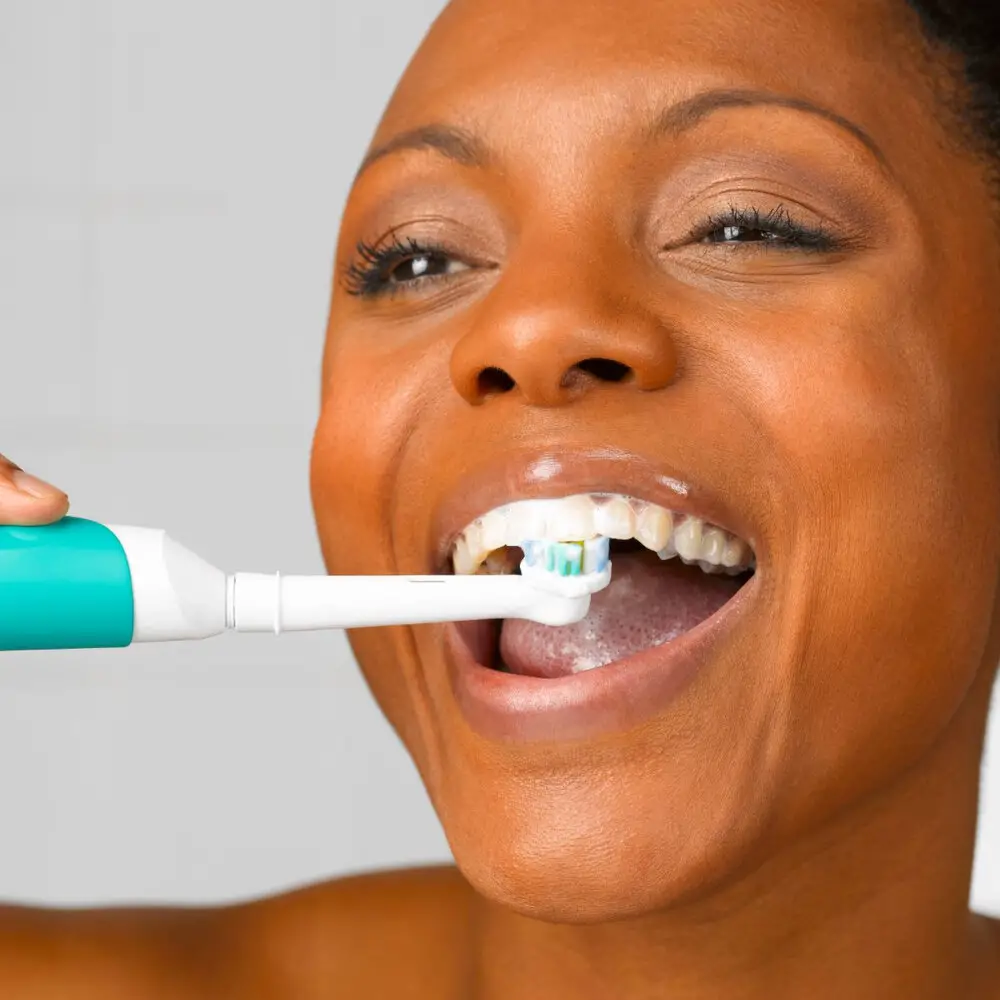
Cats are known for their self-sufficient nature, but that doesn’t mean they don’t require regular check-ups with a veterinarian. The American Veterinary Medical Association recommends that cats receive a check-up at least once a year, and twice a year for senior cats over the age of 7. It’s important to note that cats are notorious for hiding signs of illness, so even if your cat appears healthy, it’s still crucial to schedule regular vet visits. There are also specific signs and symptoms to look out for that may indicate it’s time to schedule an appointment with your vet. These include bad breath, loose or missing teeth, difficulty eating or chewing, drooling, and excessive pawing at the mouth. These symptoms may indicate dental issues, which can lead to more serious health problems if left untreated. Additionally, if your cat’s behavior changes, such as lethargy, hiding, or aggression, it may be a sign of an underlying health issue that requires veterinary attention. Regular check-ups and prompt attention to any concerning symptoms can help ensure your cat stays healthy and happy for years to come.
Cat owners should take their cat to the vet for dental care if they notice any signs of dental problems, such as bad breath, difficulty eating, or bleeding from the mouth. Additionally, if the cat has not had a dental cleaning in over a year, it is recommended to schedule an appointment with the vet. Regular dental cleanings can prevent dental disease and maintain healthy teeth and gums. It is important for cat owners to prioritize their cat’s dental health as dental problems can lead to more serious health issues, such as heart disease and kidney disease.
When it comes to dental procedures for cats, there are a few different types that a veterinarian may perform. One common procedure is a dental cleaning, which involves removing plaque and tartar buildup from the cat’s teeth. Another procedure is a tooth extraction, which may be necessary if a tooth is damaged or infected. In some cases, a root canal may be performed to save a damaged tooth. Additionally, cats may require treatment for gum disease, such as a gingivectomy or periodontal surgery. Regardless of the specific procedure, it’s important for cat owners to prioritize their pet’s dental health by scheduling regular check-ups and cleanings with their veterinarian.
Cat teeth play a crucial role in their overall health and well-being. With their sharp, pointed teeth, cats can tear and chew food effectively, aiding in their digestion. Additionally, healthy teeth and gums prevent bacteria growth, which can lead to infections and other health complications. A cat’s teeth also serve as a means of defense against predators and during play. The article \Cat Teeth 101\ emphasizes the importance of regular dental care for cats, which includes brushing their teeth, providing them with appropriate chew toys, and scheduling professional cleanings with a veterinarian. The key takeaway from this article is that maintaining good dental hygiene for cats is essential for their overall health and can prevent serious dental issues down the line.
As a cat owner, it’s important to prioritize your feline’s dental health. Many cat owners may not realize the significance of their cat’s dental hygiene, but it can impact their overall health and well-being. Neglecting their dental care can lead to various health issues such as gum disease, tooth decay, and even organ damage. Therefore, it’s essential to take your cat for routine dental checkups and maintain their oral hygiene by regularly brushing their teeth. By doing so, you can ensure your cat has a healthy and happy life. So, make it a priority to take care of your cat’s dental health to prevent any potential health problems down the road.
Conclusion
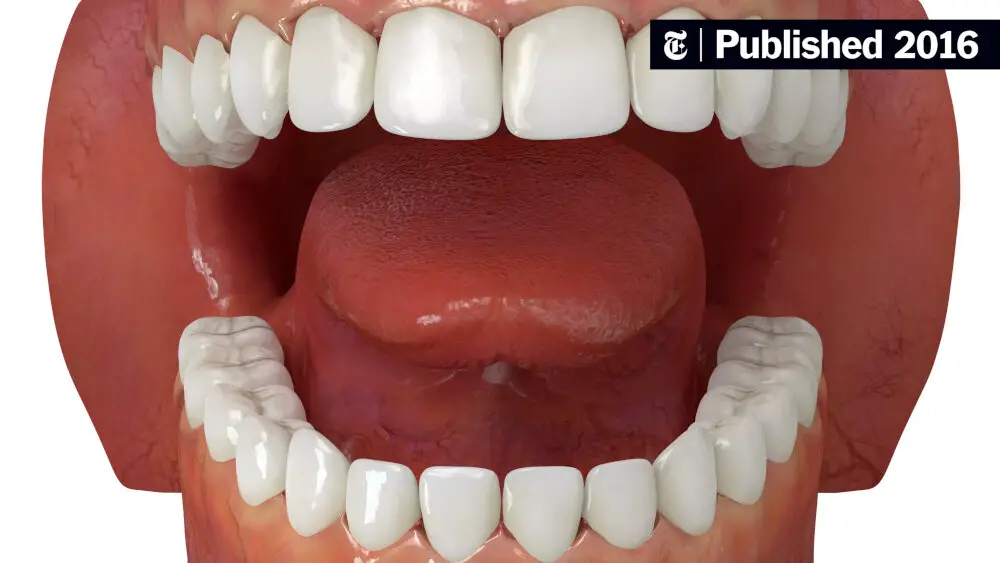
In conclusion, cat teeth are unique and essential for a cat’s overall health and well-being. Understanding how many teeth cats have and their functions can help cat owners take better care of their pets. Regular dental checkups, proper nutrition, and appropriate dental hygiene practices can help prevent dental problems and ensure that cats have healthy teeth and gums. As responsible pet owners, it is our duty to ensure that our furry friends receive the necessary care and attention they need to lead healthy and happy lives.


